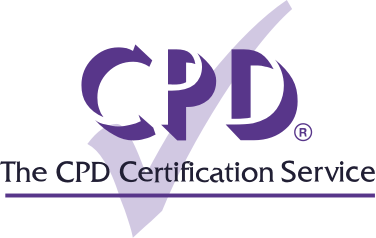Classroom management is one of the most important aspects of being a teacher. Without it, learning cannot take place in a productive or safe environment. Knowing how to have proper management of the classroom is a central skill and concept that an educator should be aware of before they step foot in front of their first pupil, no matter what subject they are teaching. In this CPD article, we will help you to understand the importance of classroom management, including some helpful tips and strategies for better teaching and how to create a simple but effective classroom management plan.
What is classroom management?
Classroom management refers to the actions that a teacher or school takes to create and maintain a positive classroom environment conducive to effective learning. The process can vary depending on the subject and age group being taught, how many students there are, and most importantly, your own personality or teaching style. However, the term often relates to a variety of different skills and common techniques focused on ensuring that learning runs smoothly without disruptive behaviour compromising the delivery of instruction.
Why is effective classroom management so important?
Every educator’s goal is a happy classroom with focused, attentive, and on-task students. Good classroom and behaviour management are key elements of successful teaching and learning. From dealing with off-topic chatter, the murmurs during instruction, or student who thinks they’re getting away with a discrete gaming session on their laptop, classroom management is among the most important, but challenging set of skills a teacher can master to create a successful classroom.
Knowing how to manage a class properly and possessing a range of preventative and reactive strategies is often seen as essential to help create and maintain optimal conditions where students can engage with their studies and work to the best of their ability. Effective classroom management encourages students to be engaged in learning, and work towards positive learning outcomes.
While classroom management strategies can broadly be used and apply in most cases to preventing and intervening in disruptive behaviour of students, it is also about creating the right environment, setting clear expectations, and thoughtfully choosing which learning materials and activities to use based on the needs of the class.















